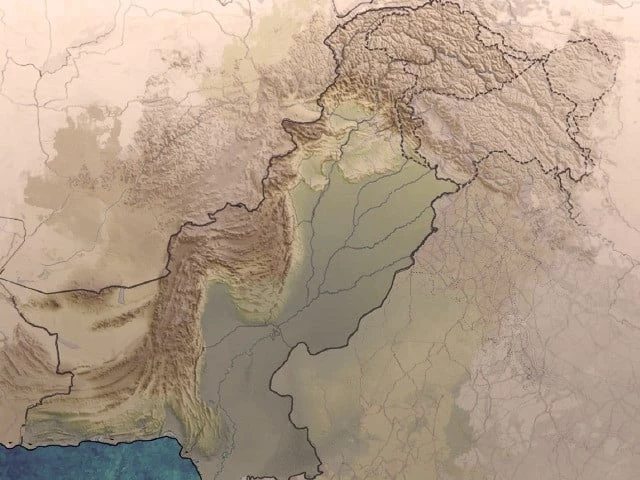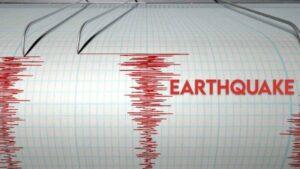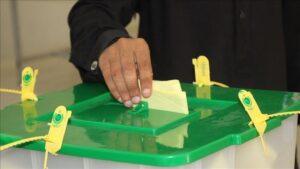At least 279 people have died and another 676 have been injured as a result of the monsoon floods that extended by Pakistan from June 26 to July 25, 2025, according to the National Authority for Disaster Management (NDMA).
The flood, caused by seasonal rains, also destroyed 1,553 houses and led to the death of 374 cattle.

Punjab was the most affected province, with 151 deaths and 535 injuries. Khyber-Pakhtunkhwa (KP) continued with 64 deaths and 80 injured, while Sindh recorded 25 deaths and 40 injuries.

Gilgit-Baltistan suffered damage to the most extensive property, with 533 affected houses, 342 of them destroyed.
Azad Jammu and Kashmir (AJ & K) reported 299 damaged houses, KP 291 and Punjab 223.

The largest livestock losses were recorded in KP (135) and Punjab (123).
Rescue efforts have been ongoing, with 148 operations carried out throughout the country.

Punjab saw most of these operations with 128 missions, while KP, Sindh and other regions represented the rest.

No rescue operations were reported at AJ& K.
On the other hand, the National Disaster Management Authority (NDMA) has issued flood alerts for several areas of Gilgit-Baltist and Azad Jammu & Kashmir (AJK) due to Monzón’s expected rains from today until Thursday.
Rain is forecast in Gilgit, Skardu, Hunza and Shigar in Gilgit-Baltistan, and Muzaffrabad, Neelum Valley and Bagh in Ajk during the period.
The authorities have warned that rains can cause floods, with the possibility of landslides in mountainous regions after strong downpours.
In Chitral Valley, including Buni and Reshun, the rain combined with the glacial molten mass can lead to greater flow in the Chitral River.
Urban floods are also probable in Muzaffrabad and Bagh.
The NDMA has ordered all departments and agencies concerned with taking proactive measures, guaranteeing the preparation of staff, machinery and rescue equipment, and remain alert to respond to any emergency.
Provincial disaster authorities (PDMA) and local administrations have also received instructions to take appropriate preventive measures.




